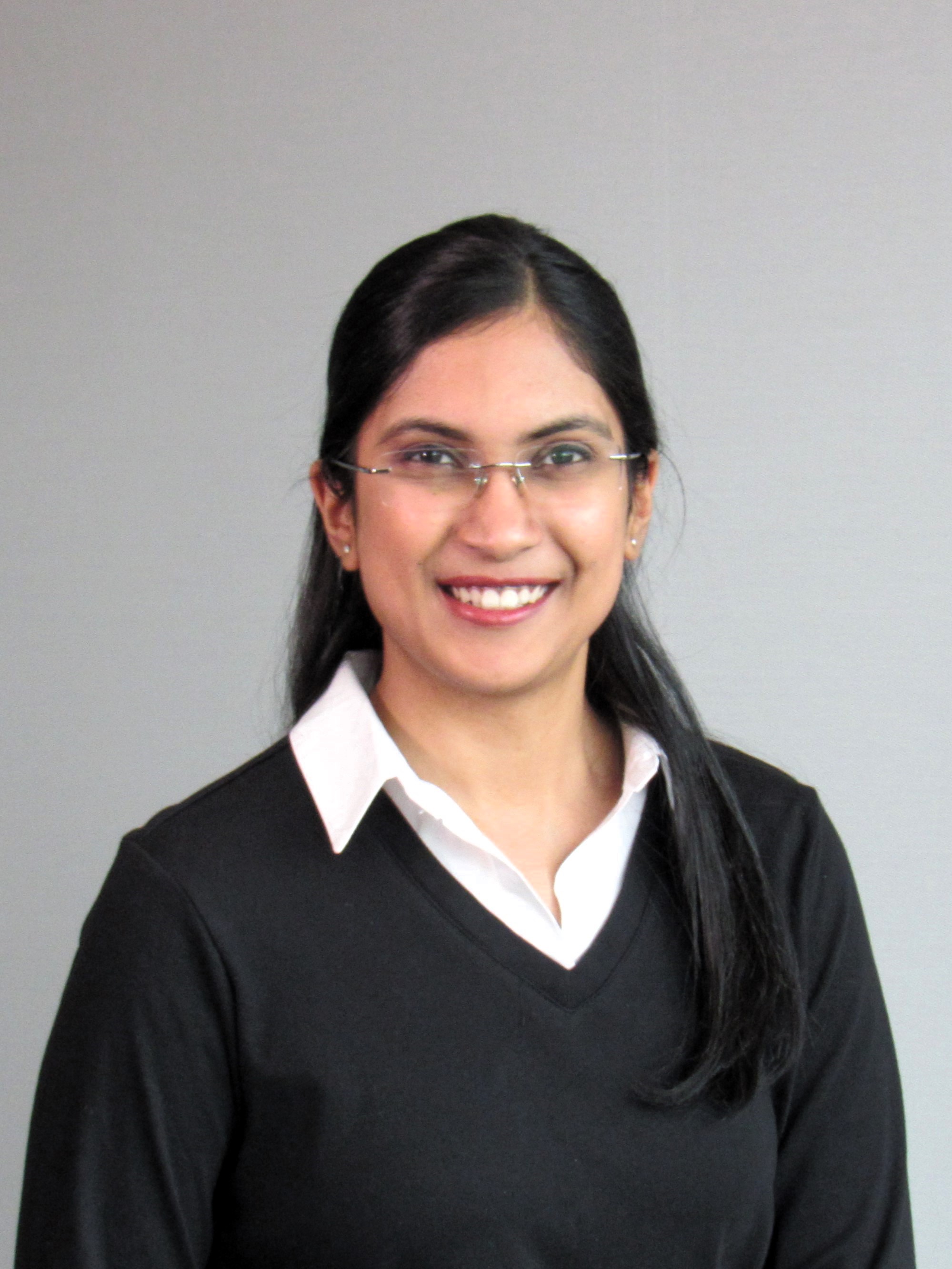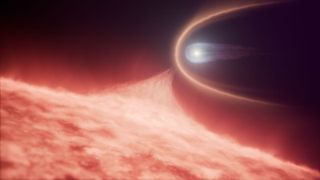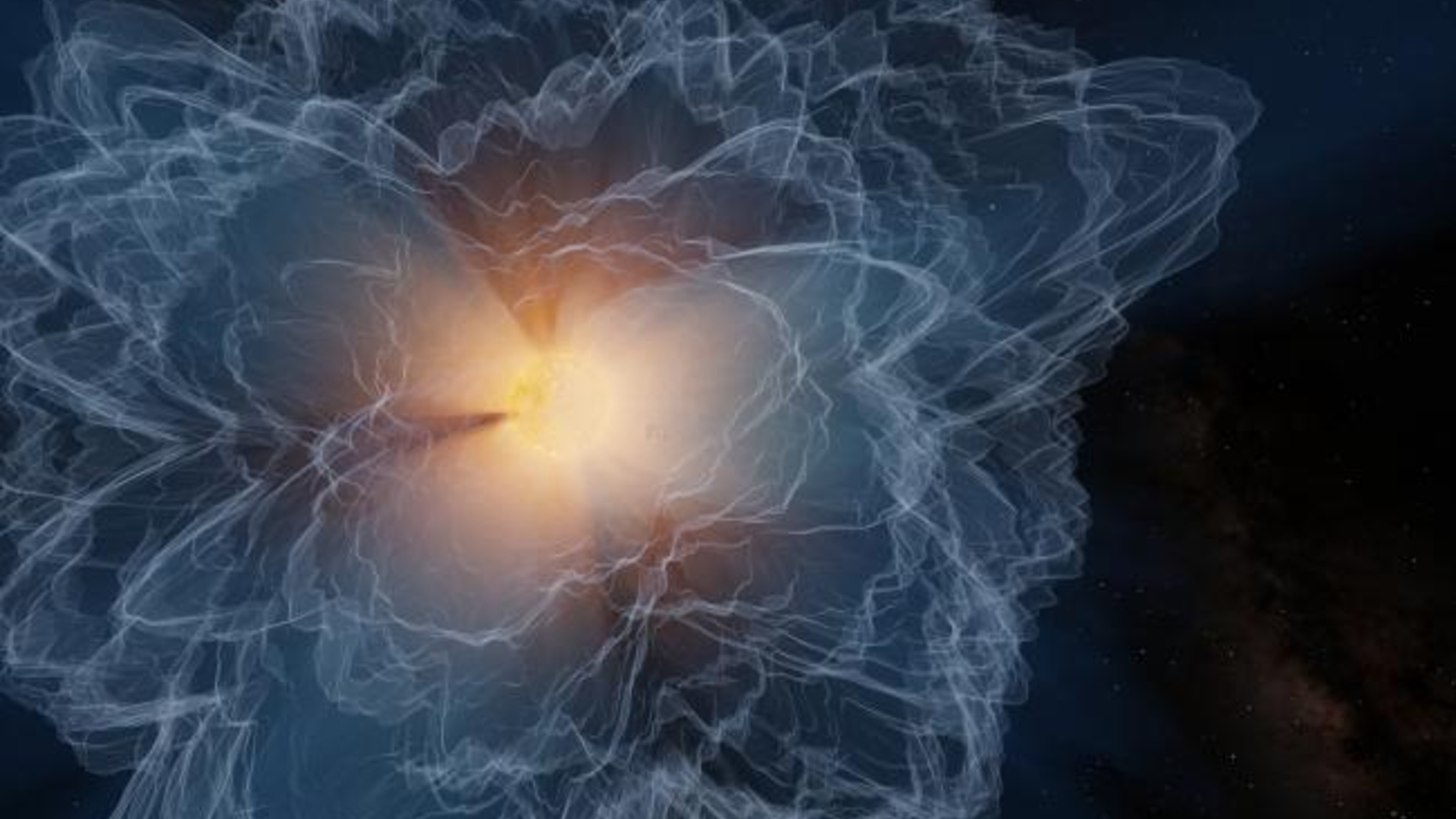Sharmila Kuthunur is an independent space journalist based in Bengaluru, India. Her work has also appeared in Scientific American, Science, Astronomy and Live Science, among other publications. She holds a master's degree in journalism from Northeastern University in Boston.
Latest articles by Sharmila Kuthunur
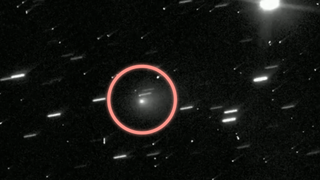
Interstellar comet 3I/ATLAS is leaking water like a 'fire hose running at full blast,' new study finds
By Sharmila Kuthunur published
Scientists have spotted the first clear sign of water from an interstellar comet, 3I/ATLAS, offering new clues to the chemistry of other planetary systems.
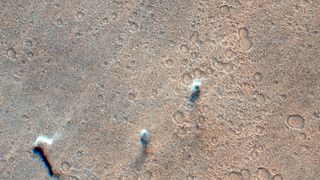
1,000 Mars dust devils! European orbiters track Red Planet's tiny tornadoes
By Sharmila Kuthunur published
Two decades of spacecraft images reveal more than 1,000 dust devils whipping across Mars at unexpected speeds, offering fresh insight into how wind and dust shape the Red Planet.
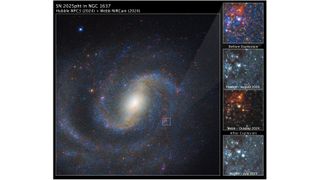
JWST spots dust-cloaked 'red supergiant' star just before it went supernova
By Sharmila Kuthunur published
Astronomers using JWST have captured the clearest view yet of a doomed red supergiant star just before it exploded, solving a decades-old mystery about why such stars rarely appear to go supernova.
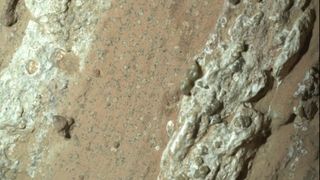
'The metal detector has gone off': Perseverance rover's find is a shiny new clue in the search for life on Mars
By Sharmila Kuthunur published
NASA's Perseverance rover has found minerals that could have powered life on Mars — or simply shaped the Red Planet's environment in fascinating ways.
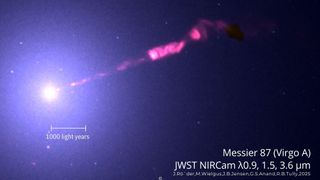
JWST captures clearest-ever image of M87 galaxy's supermassive black hole jet
By Sharmila Kuthunur published
Astronomers using JWST have captured the sharpest infrared view yet of the supermassive black hole jet in M87, offering new insights into its structure and physics.

A hidden ocean may have once existed on Uranus' moon Ariel
By Sharmila Kuthunur published
Scientists believe a moon of Uranus may have once had a subsurface ocean.
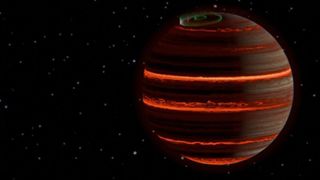
JWST delivers 1st weather report of nearby world with no sun — stormy and covered with auroras
By Sharmila Kuthunur published
Astronomers using the James Webb Space Telescope have delivered the first detailed weather report of a nearby rogue world, and it's stormier than expected.
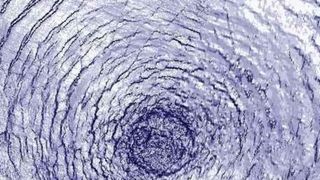
It came from outer space: Scientists solve decades-long mystery of the Silverpit Crater
By Sharmila Kuthunur published
Scientists have confirmed that the Silverpit Crater in the North Sea was caused by an asteroid impact over 40 million years ago, ending years of controversy over its origin.
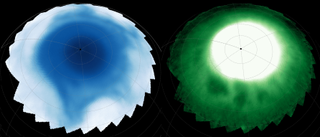
JWST finds 'dark beads' and wonky star patterns in Saturn's sky: 'These features were completely unexpected'
By Sharmila Kuthunur published
New JWST observations show Saturn's auroras dotted with dark beads and a star pattern missing two arms, puzzling astronomers.
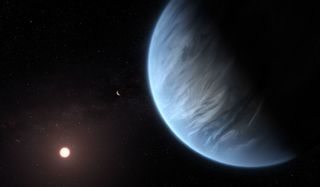
Is our dream of finding ocean-covered exoplanets drying up?
By Sharmila Kuthunur published
New simulations suggest sub-Neptune planets may be drier than thought, challenging the "water world" hypothesis and reshaping the search for life beyond Earth.

Could a Mars crater have once hosted life? NASA's Perseverance rover finds more evidence it's possible
By Sharmila Kuthunur published
Fresh analysis of Perseverance rover data reveals Jezero Crater experienced repeated episodes of water activity, strengthening the case for habitability and raising the stakes for Mars Sample Return.
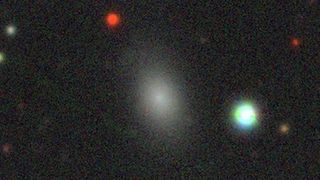
Astronomers discover rare 'runaway' dwarf galaxy hiding a violent past
By Sharmila Kuthunur published
The discovery of a rare runaway galaxy suggests some isolated systems were shaped by past group interactions before being flung into solitude.
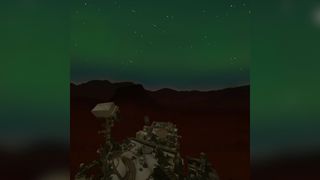
We can finally predict when Mars' skies will glow green with auroras, scientists say
By Sharmila Kuthunur published
"The fact that we captured the aurora again demonstrates that our method for predicting aurorae on Mars and capturing them works."
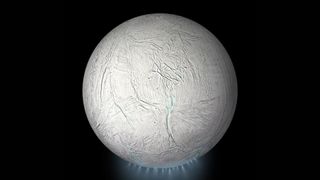
Is there life on Saturn's moon Enceladus? New study complicates the search
By Sharmila Kuthunur published
"Although this doesn't rule out the possibility that Enceladus' ocean may be habitable, it does mean we need to be cautious in making that assumption just because of the composition of the plumes."
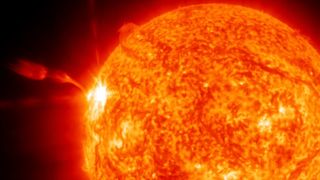
108 million degrees! Solar flares are far hotter than thought, study suggests
By Sharmila Kuthunur published
New research shows that solar flares are six times hotter than thought and calls for updated sun models that could improve space weather forecasting.
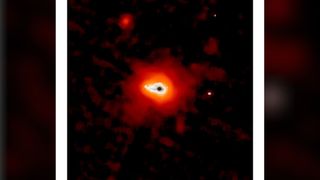
'It shouldn't survive': Astronomers discover dust on an epic journey far beyond its galaxy
By Sharmila Kuthunur published
"Webb was the key that made it happen."
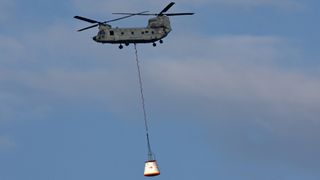
India tests parachutes for 1st-ever human spaceflight mission in 2027 (photos)
By Sharmila Kuthunur published
India successfully tested the parachute system for its Gaganyaan crew module ahead of its planned first-ever astronaut launch in 2027.
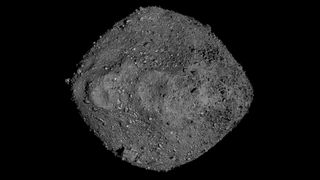
Asteroid Bennu contains stardust that's older than the solar system
By Sharmila Kuthunur published
"Bennu is a time capsule of the material that was throughout the solar system."

1st Indian astronaut to visit ISS welcomed home as a hero
By Sharmila Kuthunur published
"Since I landed in Lucknow around 7:30 this morning, I must have clicked about 2,000 selfies."

Galactic cannonballs: The mystery of hypervelocity white dwarfs may just have been solved
By Sharmila Kuthunur published
Astronomers may have solved the mystery of how hypervelocity white dwarfs rocket out of the Milky Way at breakneck speeds.

Perseverance Mars rover stumbles upon wind-carved 'megaripples' on the Red Planet
By Sharmila Kuthunur published
NASA's Perseverance rover captured a striking new image of massive, wind-carved sand formations known as "megaripples" during its latest exploration stop on the Red Planet.
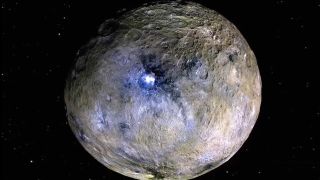
Dwarf planet Ceres may have once been suitable for life, new study suggests
By Sharmila Kuthunur published
Even if life never took hold on Ceres, the discovery could help broaden the range of environments that could potentially be habitable.
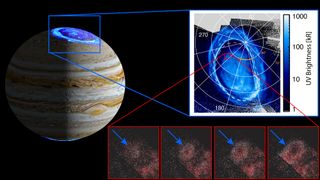
'Alien auroras' on Jupiter reveal a new kind of plasma wave, scientists say
By Sharmila Kuthunur published
Scientists using NASA's Juno spacecraft have discovered a new plasma wave in Jupiter's auroras, offering fresh insight into space weather and magnetism.
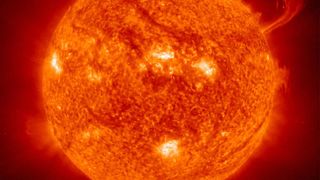
Reining in the sun: Venus, Earth and Jupiter may work together to reduce the risk of extreme solar storms
By Sharmila Kuthunur published
Tidal forces from Earth, Venus and Jupiter may help keep the sun calm, reducing the risk of powerful solar storms that threaten Earth, a new study suggests.
Breaking space news, the latest updates on rocket launches, skywatching events and more!
